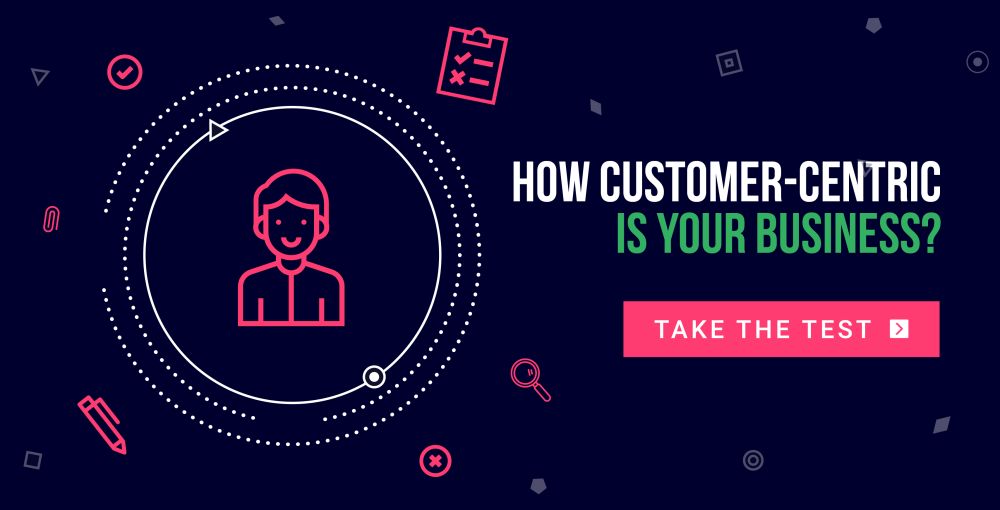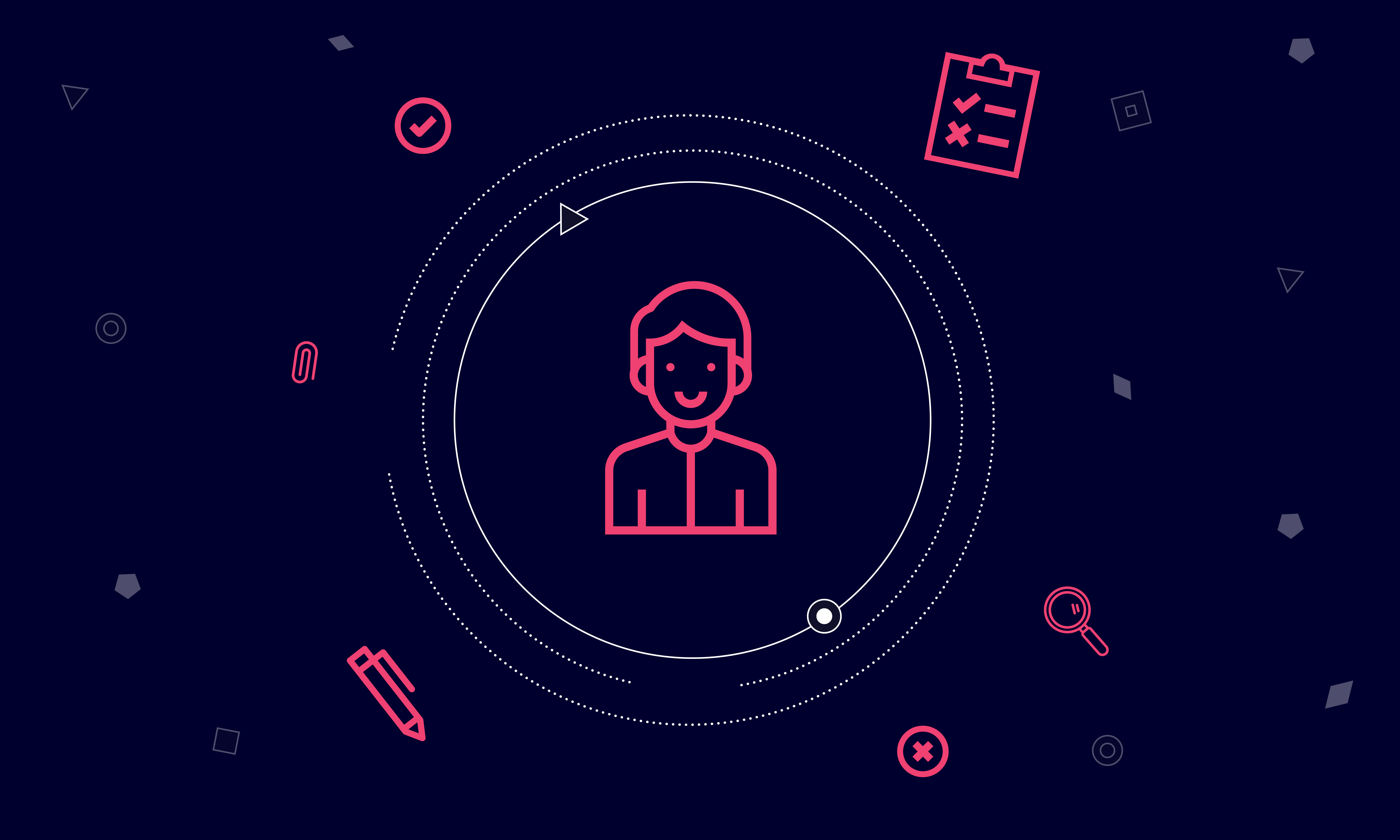BLOG

Getting customers from point A to point B in their journeys used to be good enough — it was all marketers had to worry about. But with the saturation of competitors in every industry, a finite, two-part journey simply doesn’t cut it anymore.
Today’s customers have higher expectations — they want you to not only foresee the relevant services and products they need, but to also consistently serve them those things at the optimal time and in a non-intrusive way. So how do you deliver exactly what your customers need without wasting resources in the process?
Get creative with the customer data at your fingertips.
Customer data is the new medium that marketers are using to paint their customer journey landscape. You could say they have three different kinds of paintbrushes in this data-driven toolkit: 1st, 2nd, and 3rd party data.
Three types of 1st-party data
First-party data refers to information gathered from owned customer data pools. It's usually good quality, highly detailed and collected within your own business context. It can be divided into three subsections: relational and transactional, interactional, and behavioral.
Relational and transactional 1st-party data refers to personal details on your customer, like what you'd find in your CRM.
Interactional 1st-party data is your customer's interaction with your business touchpoints, so your website, app, media and call center.
Finally, behavioral data is all about what your customer does, such as mouse scrolling, location information, call logs and booking details.
2nd and 3rd-party data explained
Second- and third-party data is obtained from outside sources to gain additional insight into who you want to target. Second-party data is basically 1st-party data that a business acquires from a partner, such as a daughter company. It's accurate and detailed, however, it is provided by someone else's audience, and therefore may not be perfectly relevant for your target group.
Third-party data is bought or acquired from a wide range of outside sources, such as data aggregators. It can be helpful to a certain extent, but remember that if it's available for you to buy, it's also available to your competitors. This data isn't unique to your individual audience, and won't take your data-driven marketing strategy to the next level.
Using the right data at the right time is essential to offering a truly relevant customer experience. But how do you know which data is relevant, and how do you translate it into a meaningful conversation?
Being customer-centric starts with your customer, not someone who looks like them.
Your customers give you their data willingly, so why not use that to your advantage? First-party data is the most accurate baseline for customers. Because you're getting this information directly from the source, you can count on it being accurate, reliable, and a perfect match with your target audience. So before setting your sights on acquiring more customers, we suggest taking some time to focus on gleaning all you can from the data provided by your existing customers.
By starting with what you already have, you can gain deeper insights into the specifics of what your customers want, rather than what their lookalikes want. You can even exclude existing customers from your acquisition campaigns to kill two birds with one stone. This allows you to differentiate between prospects and existing customers while simultaneously saving on marketing spend.
Revolutionize customer journeys through driving your own data.
First-party data has a tendency to get trapped in business silos, making it difficult for data-driven marketers to access and activate it in order to maximize value. With the right tools, however, you can gain access to your owned data and unify it with other data sources.
An approach like this opens up revolutionary new possibilities for matching previously disparate customer data to single customer profiles. You can then use your unified data to create unique actions based on your individual customer profiles. This means you can actually scale your relevance by using your original customers as a foundation for building a bigger, better journey for others.
The bottom line? Challenge yourself to change the way you approach data-driven marketing. Dare to be smarter and leaner by leveraging your treasure trove of information to build a data-rich picture of your customers. It will help you make better use of your budget by using what you already have. And more importantly, it will help you create a meaningful, ongoing conversation with the people at the heart of your business: your customers.


